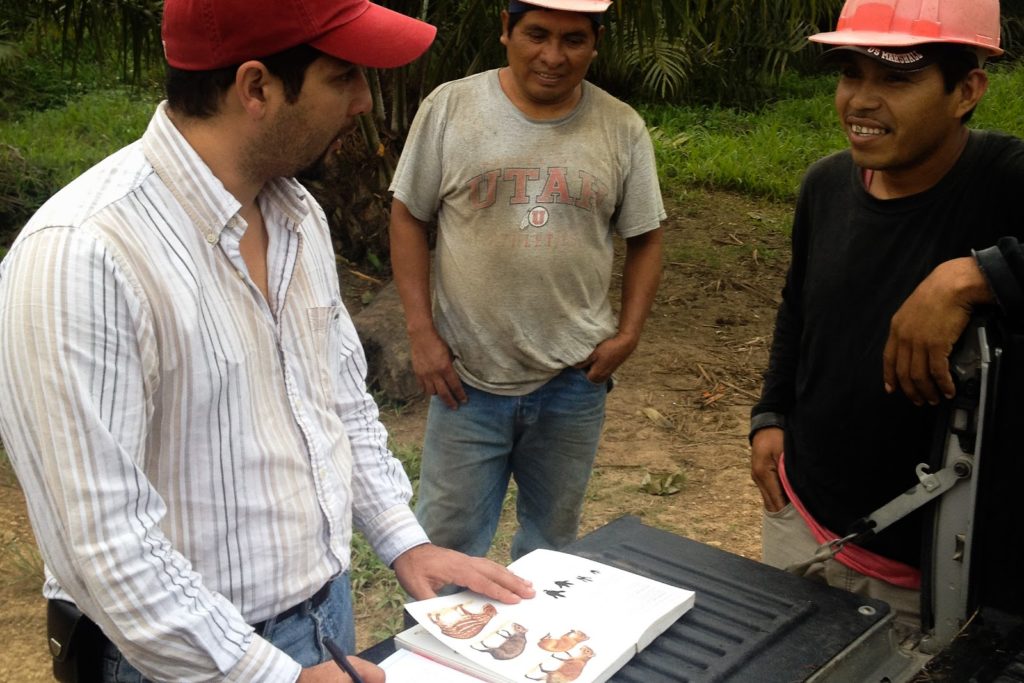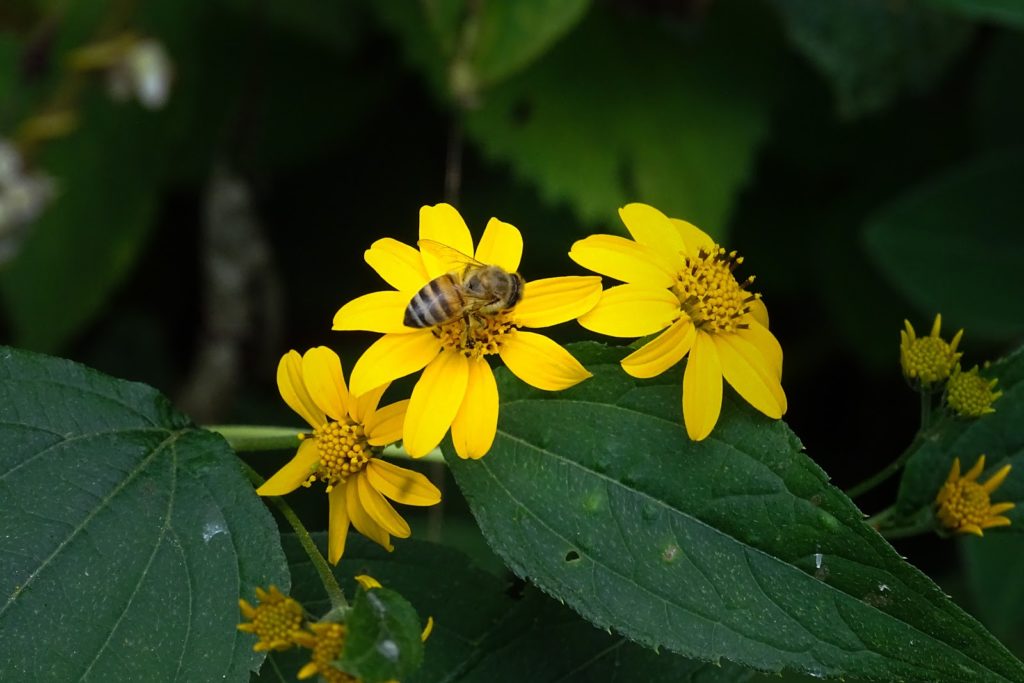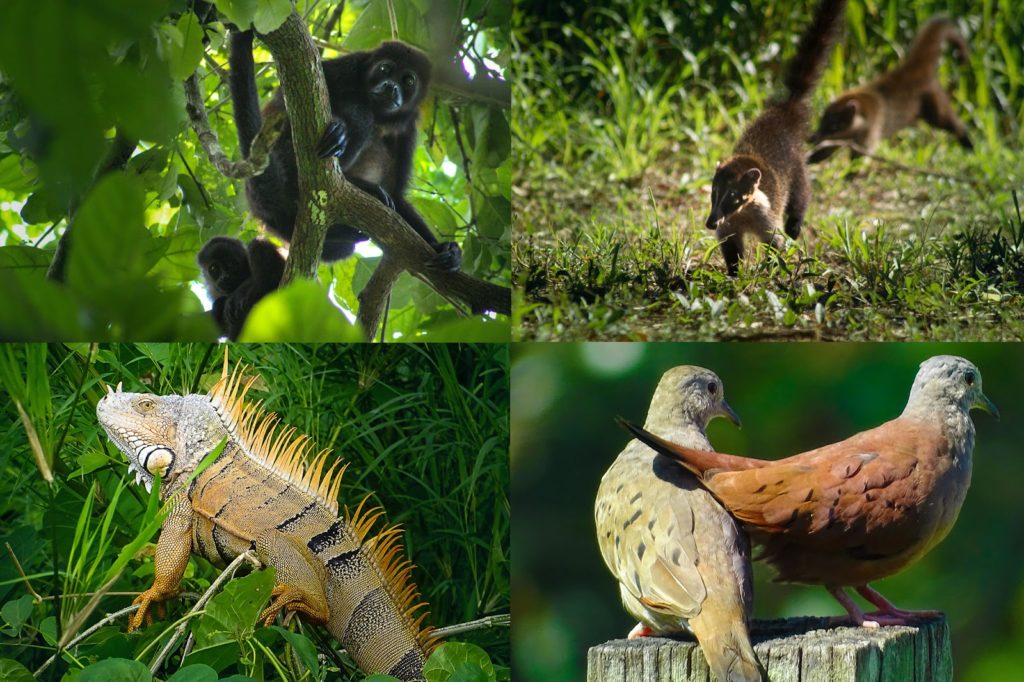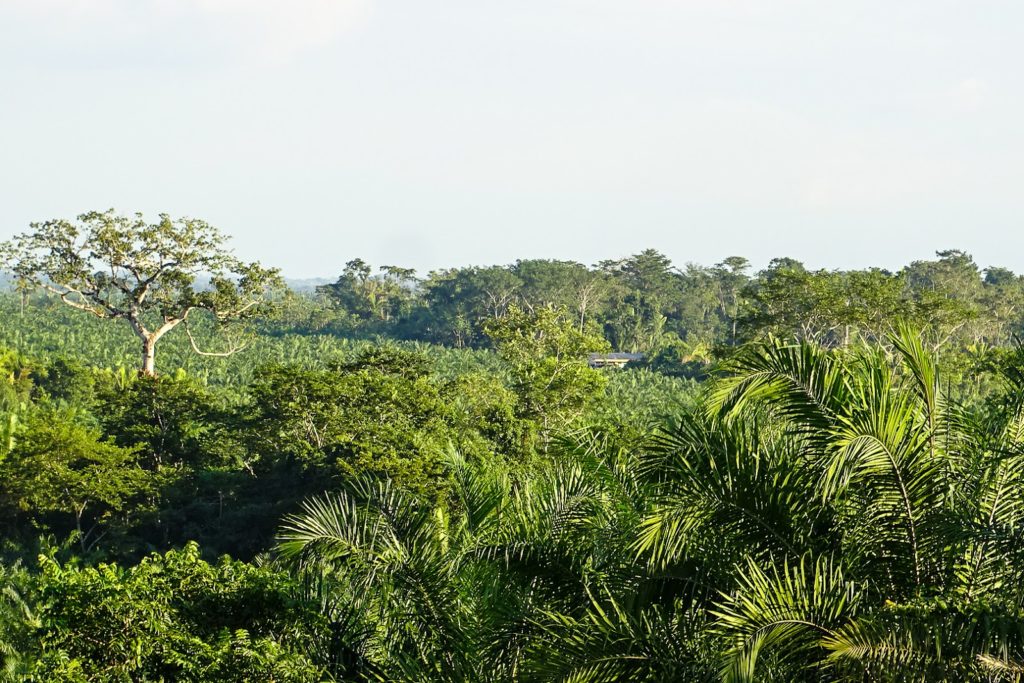Agriculture is a key motor of the global economy. It provides livelihoods and sustenance for one-third of the world’s population. It is crucial to rural development and therefore critical to reducing poverty. Agriculture also has a significant impact on biodiversity, particularly because of the biodiversity found in and around agricultural landscapes. Agriculture, biodiversity and ecosystems constitute a finely interwoven network.
Agriculture has become more intensive and also more sustainable than ever before; we can now grow more crops per hectare of land than at any other time in history, but the world population and global demand for food are also increasing.
Sustainable Agriculture
A major global challenge is to secure and increase agricultural yields while simultaneously safeguarding biodiversity, ecosystems, and resources, and to provide robust supply chain infrastructure for those who rely on agriculture for their livelihoods. In other words, we must find strategies to balance agricultural productivity with the needs of biodiversity and ensure that producers are able to deliver their services in a consistent, sustainable way.
The key to achieving this lies in the implementation of an integrated and systemic approach. The agricultural sector holds a wealth of biodiversity-relevant knowledge and should be a critical player in contributing to effective ecosystem and biodiversity management.

Businesses have a pivotal role to play in achieving agricultural sustainability, especially large companies that can pilot and implement solutions to make agriculture more effective. Solidaridad’s partners are continuously working to develop crop technologies, practices, and processes that make agricultural production more effective while respecting biodiversity. Some of these solutions include energy and water-efficient irrigation techniques, energy-efficient harvesting mechanisms, application of composted organic matter to reduce chemical fertilization, and mill optimization to reduce greenhouse-gas emissions. All these solutions help to improve biodiversity, which is highly correlated to ecosystem resilience and function, which in turn are directly associated with the provision of ecosystem services.
In Central America, we’ve been supporting the agricultural sector with three main strategies:
-
Good agricultural practices (GAPs) for biodiversity conservation in productive landscapes
-
Biodiversity monitoring in productive systems
-
Ecosystem restoration and enhancement
Good agricultural practices for conservation in productive systems
Throughout Mexico, Central America and the Caribbean, and across multiple commodity supply chains, Solidaridad promotes GAPs with all of our partners, both smallholders and large companies, to improve biodiversity outcomes and the ability of production areas to support biodiversity conservation.
These GAPs include the selection of crops that are more compatible with environmental conditions and local biological diversity, and the use of cover crops to provide habitat for different species, such as pollinators, biological controls, and predators. Conservation of small forest patches and riparian areas that provide biological corridors for species migration are other key elements of biodiversity conservation in productive systems.
In Nicaragua and Honduras, cacao agroforestry systems provide a wide range of economic, sociocultural, and environmental benefits. The integration of shade-providing species filters light, improving microclimate conditions while storing water and nutrients for the cocoa plant. Other advantages include more efficient land use, soil protection, higher yields and resulting income, and biodiversity conservation by virtue of the higher levels of biodiversity supported by these production systems relative to monoculture systems. Furthermore, it provides producers with timber for construction and fuel, fruits, and habitat for natural pollinators, making them more resilient to the effects of climate change while improving biological diversity at the site level.

Monitoring biodiversity in productive systems
In order for agricultural companies to make informed decisions about the biodiversity implications of their management practices, it is essential to understand species richness and habitat status in productive systems. In Honduras, Solidaridad has partnered with Cooperativa Salamá since 2017 to document biodiversity outcomes in their properties and evaluate their potential to contribute in restoring biological connectivity within oil palm landscapes.
Biological information is collected to describe species richness and promote species conservation through a systematic monitoring program implemented by trained staff. Specialized equipment is used to monitor biological diversity, such as remote sensor cameras, and digital tools are used for data collection and analysis on mass data management platforms.
In Guatemala, internal biodiversity monitoring systems (IBMS) have been implemented with three palm companies that, together, have approximately 40,000 ha of palm oil and 2100 ha of conservation areas. The process includes an initial scoping study to assess the companies’ biodiversity management and conservation needs, indicator species identification in each landscape, and training staff to implement the IBMS. With this approach, the goal is to equip companies with the skills and information gained through the IBMS to make management decisions that are consistent with conservation objectives, facilitating compliance not only with certification and national requirements, but also helping achieve voluntary sustainability and conservation goals.

Ecosystem restoration
Conservation actions are not only implemented in the field, but also through policy change. 2019 was a milestone year for progress in the development of regional policies promoted by Solidaridad. The Zero Deforestation Agreement in Honduras, signed by government agencies, NGOs and all of the private and social pa
lm oil sector companies is being adopted to restore and protect vulnerable ecosystems and biodiversity while facilitating the RSPO remediation and compensation process.
In Guatemala, we also have a strategic partnership with GREPALMA, the Palm Growers Guild, to support the palm oil sector’s ability to comply with RSPO certification requirements, steering compensation and remediation investments to critical areas of the Maya Biosphere Reserve, the largest protected area in the country.

To develop regionally- and locally-appropriate biodiversity management practices that align with agriculture production, support mechanisms, including access to finance, are needed. Also, for many producers, biodiversity conservation may seem like a diversion of potentially productive lands. But in fact, there are several ways that conservation actions can be integrated into productive areas. In fact, certification schemes, like the Roundtable on Sustainable Palm Oil (RSPO), were founded on the premise of combining actions for biodiversity and ecosystem gains with profitable business opportunities for farmers. Other mechanisms to promote sustainable agriculture and conservation include conservation incentives, payments for ecosystem services, integrated landscape management, carbon and conservation credits. Finally, impact investment can benefit small-scale economies and also provide resources to help restore, conserve and enhance natural areas and the biodiversity they support.
While there are many challenges when it comes to biodiversity conservation, there are also many opportunities for improvement, especially if it takes place in productive landscapes. One might encounter resistance from generally accepted production principles and practices, but we have managed to counteract some of these tendencies with the promotion of locally appropriate biodiversity practices that are simple and inexpensive to implement, but that positively impact both species conservation and production sustainability. The next time you visit a commodity production area, from oil palm to cacao, we invite you to take a closer look at the surroundings; you will likely be surprised to see how much biodiversity is interacting with the crops in that ecosystem. Protecting our planet’s biodiversity is in all of our best interests, and sustainable agriculture is without a doubt part of the equation – or as we see it, part of the solution.
